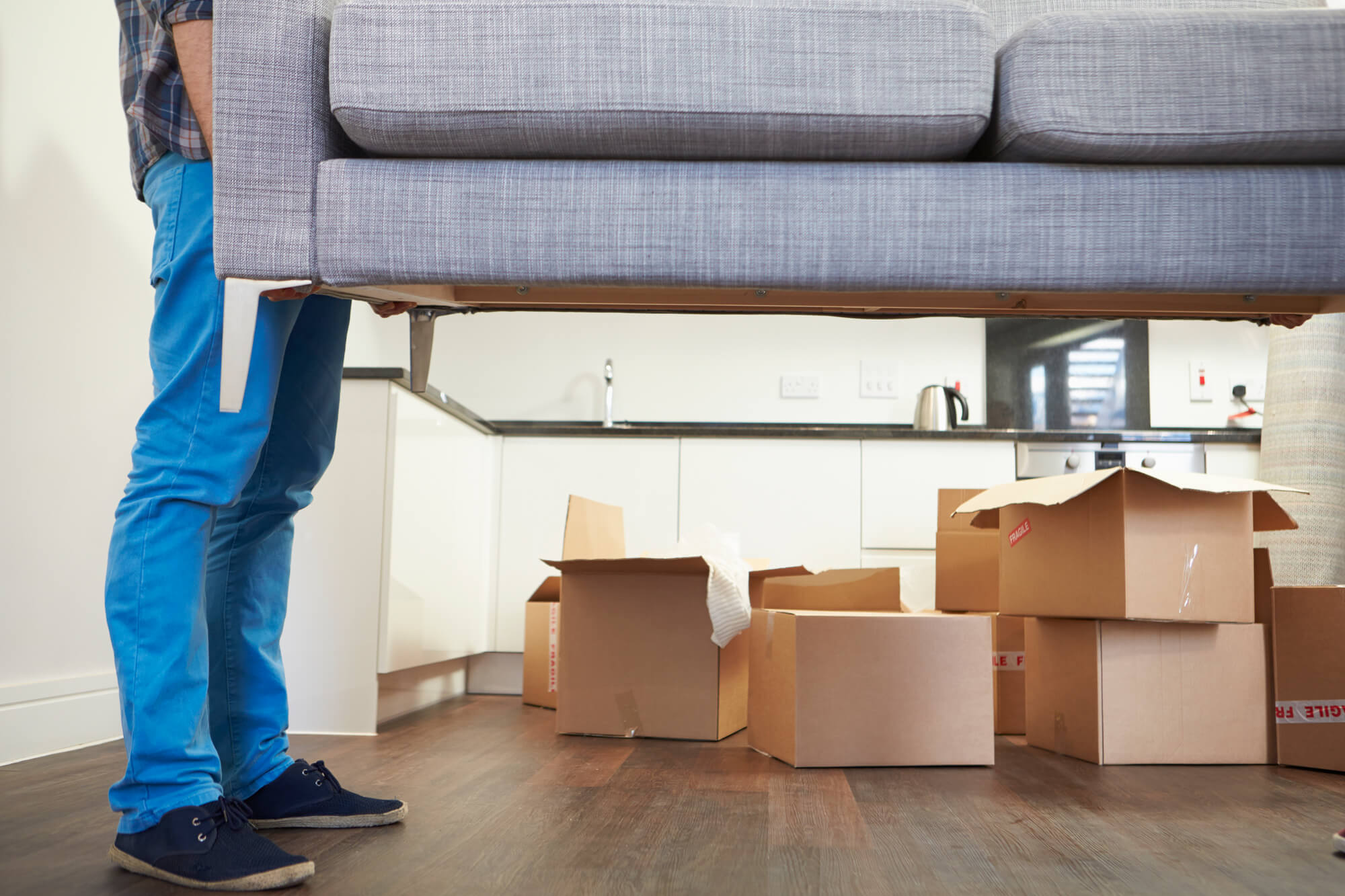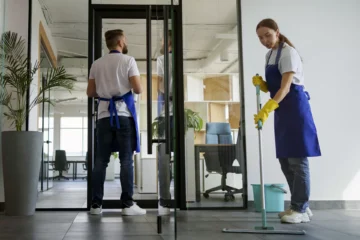Moving is a big undertaking on its own, but what happens when you combine it with a home restoration project? Whether you’re dealing with a renovation, water damage, or simply refreshing your home, juggling restoration and moving can add complexity to an already challenging process. However, with the right strategies, you can protect both your home and your belongings during this transition.
In this article, we’ll walk through practical steps to safeguard your possessions and space, and why integrating restoration services with your moving services makes all the difference.
Why Restoration and Moving Often Go Hand-in-Hand
Life happens, and sometimes, a move coincides with home restoration projects. Maybe your house has suffered water damage and needs repairs, or perhaps you’ve decided to upgrade your kitchen just before putting your home on the market. Regardless of the reason, balancing both can be tricky.
Combining restoration services with your move isn’t just about saving time—it’s about ensuring that your belongings and home remain protected from potential damage during construction. It’s also about managing logistics in a way that prevents setbacks.
The Challenges of Moving During a Restoration Project
Restoration projects can be messy, chaotic, and involve many moving parts. Construction crews, dust, and debris are not ideal conditions for keeping your belongings safe. You don’t want your prized furniture covered in drywall dust, nor do you want to navigate around stacks of moving boxes while workers are trying to complete repairs.
This is where planning ahead can save you time, money, and headaches. When done right, moving during restoration becomes more about coordination and less about chaos.
1. Timing Is Everything
If you’re dealing with significant repairs or renovations, timing becomes crucial. You need to coordinate between moving out, completing restoration work, and settling into your new space. Ideally, your belongings should be out of the house during major construction to avoid exposure to dust, moisture, or accidents.
In such cases, it’s beneficial to consider storage services. Placing your items in a secure, climate-controlled facility during the restoration not only protects them from damage but also frees up space for contractors to work efficiently. It’s a win-win.
2. Protecting Your Space
While focusing on protecting your belongings, don’t forget about safeguarding your home’s structure. Heavy foot traffic from movers and contractors can wear on your flooring, while walls and doorframes can suffer dents and scratches during the move. Lay down protective coverings on floors and use corner protectors for vulnerable areas to reduce the risk of damage.
Steps to Safeguard Your Belongings During Restoration
Moving while restoring your home requires a strategic approach to avoid loss or damage. Here’s how to ensure your possessions remain safe and sound throughout the process.
1. Inventory and Categorize Your Belongings
The first step in any successful move is to take stock of what you have. When preparing for a move during restoration, this step is even more important. Create a detailed inventory of your belongings, making note of valuable or fragile items that may need extra protection.
Once your inventory is complete, categorize your items into groups:
- Keep in the home: These are items that are safe to stay in the house, such as large furniture that can be covered.
- Move to storage: Anything fragile, valuable, or susceptible to damage should be moved into storage or a protected area.
- Dispose or donate: Moving is the perfect opportunity to declutter. Set aside items you no longer need for junk removal or donation.
2. Packing with Restoration in Mind
Packing for a move during restoration involves thinking beyond the typical boxes and tape. Fragile or sensitive items—such as electronics, artwork, and delicate furniture—should be packed with extra care to protect them from construction dust, vibrations, and temperature changes.
For items staying in the home:
- Cover Furniture: Use plastic covers or blankets to protect sofas, beds, and tables from dust and debris. Consider using drop cloths to shield items from potential paint or construction materials.
- Seal Boxes: If some items need to remain in the home temporarily, seal boxes tightly to prevent dust from getting inside.
For items being moved:
- Bubble Wrap and Padding: Use bubble wrap and soft padding to protect fragile items. Label boxes clearly to indicate that they contain breakable items, and if possible, store them in a secure location away from the main construction area.
3. Temporary Storage Solutions
When your home is undergoing restoration, it’s often best to move your belongings out of harm’s way entirely. Storage services come into play here, allowing you to temporarily relocate your items to a safe, climate-controlled space until the restoration is complete.
The benefit of professional storage is the peace of mind knowing your items are protected from dust, debris, and accidental damage. When you’re ready to move everything back in, having your items organized in storage means they’ll arrive clean and safe, with no unexpected surprises.
4. Shipping Services for Valuable Items
For especially valuable items, such as antiques, collectibles, or large pieces of artwork, consider using shipping services. Professional shippers know how to handle delicate items and can ensure they arrive at your new home or temporary location safely.
Shipping services are particularly useful if your move involves a long distance or if you need extra care for irreplaceable items. By partnering with a trusted moving company like Town & Country Moving, you can have the reassurance that your high-value items are properly packed and transported with care.
Protecting Your Home During the Move
While it’s easy to focus on your belongings during a restoration project, don’t forget to protect your home itself from damage during the moving process. Heavy boxes, large furniture, and foot traffic from movers can take a toll on your home’s floors, walls, and fixtures.
1. Floor Protection
Whether you have hardwood, tile, or carpeted floors, laying down floor protection during the move is essential. Use padded drop cloths or temporary floor protectors in high-traffic areas to prevent scratches, dents, or stains.
2. Wall and Doorframe Guards
Moving large furniture or appliances through narrow doorways can result in scuffs, scratches, or worse—dents in the walls or doorframes. Consider using foam corner guards to protect these vulnerable areas. Movers can also place padding along hallways or staircases to minimize the risk of damage while navigating large items.
3. Coordinating with Restoration Teams
Communication is key when you’re juggling both moving and restoration services. Make sure your movers and contractors are aware of the schedule and know where they’ll be working to avoid any clashes. Coordinate with the restoration team to ensure that rooms undergoing major work are cleared of items, and establish a safe space for moving boxes and furniture.
The Role of Professional Movers in a Restoration-Move Combo
If you’re managing both a restoration and a move, the logistical coordination can feel overwhelming. This is where hiring professionals like Town & Country Moving can make a huge difference. With a professional moving service, you can rest easy knowing that your belongings are carefully packed, transported, and stored while you focus on your home’s restoration.
1. Expertise in Handling Complex Moves
Moving during a restoration project requires careful handling of both fragile and bulky items. Professional movers have the experience and tools to ensure that your possessions are protected, packed securely, and transported without damage—whether they’re headed to a storage facility or your new home.
2. Flexibility in Services
A full-service moving company can offer flexible services tailored to your specific needs, including packing services, storage solutions, and junk removal. By having a team that can assist with all aspects of the move, you reduce the stress and complexity of coordinating multiple vendors.
Conclusion: Balancing Restoration and Moving with Ease
Restoring your home while moving may seem like a juggling act, but with the right planning, you can protect your space and belongings throughout the process. By using storage services, carefully packing your valuables, and working with professionals like Town & Country Moving, you can minimize disruptions and focus on creating a beautiful new space.
The key to success lies in communication and preparation. Whether you’re packing, storing, or coordinating with contractors, being proactive ensures that your move and restoration go smoothly, leaving you with a fresh start in a well-protected home.
Keep an eye for more news & updates on DiscoverTribune!




